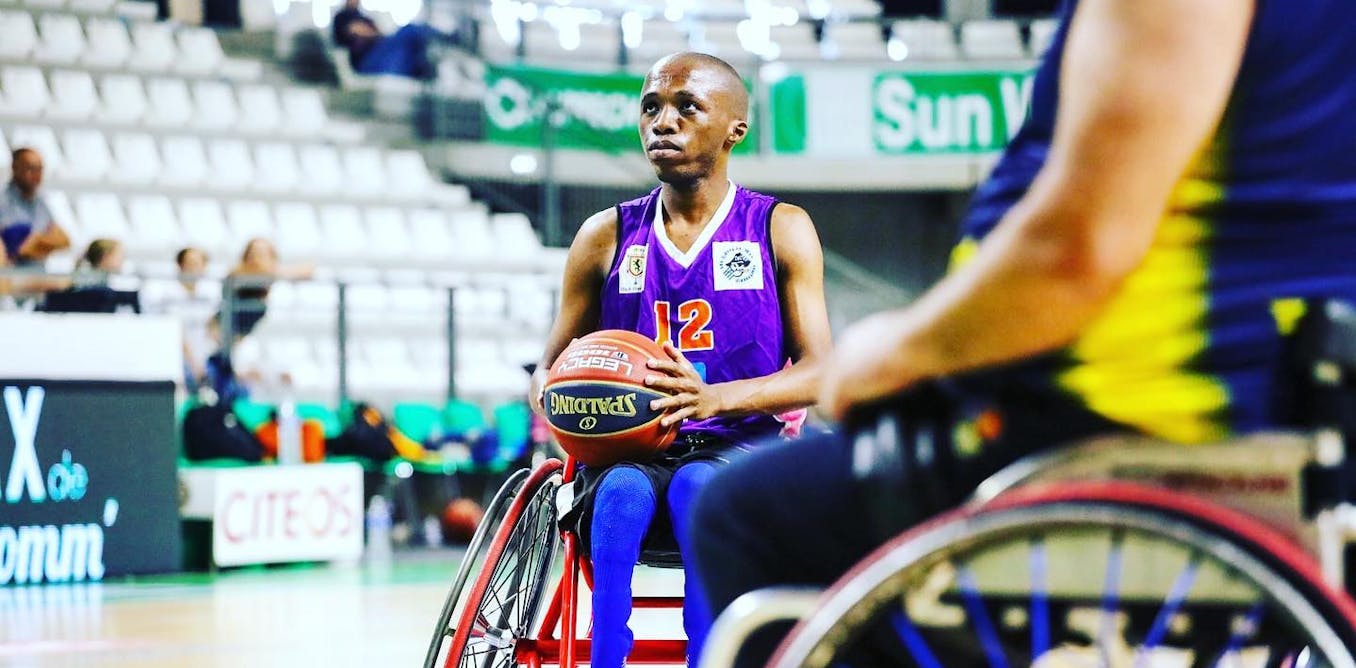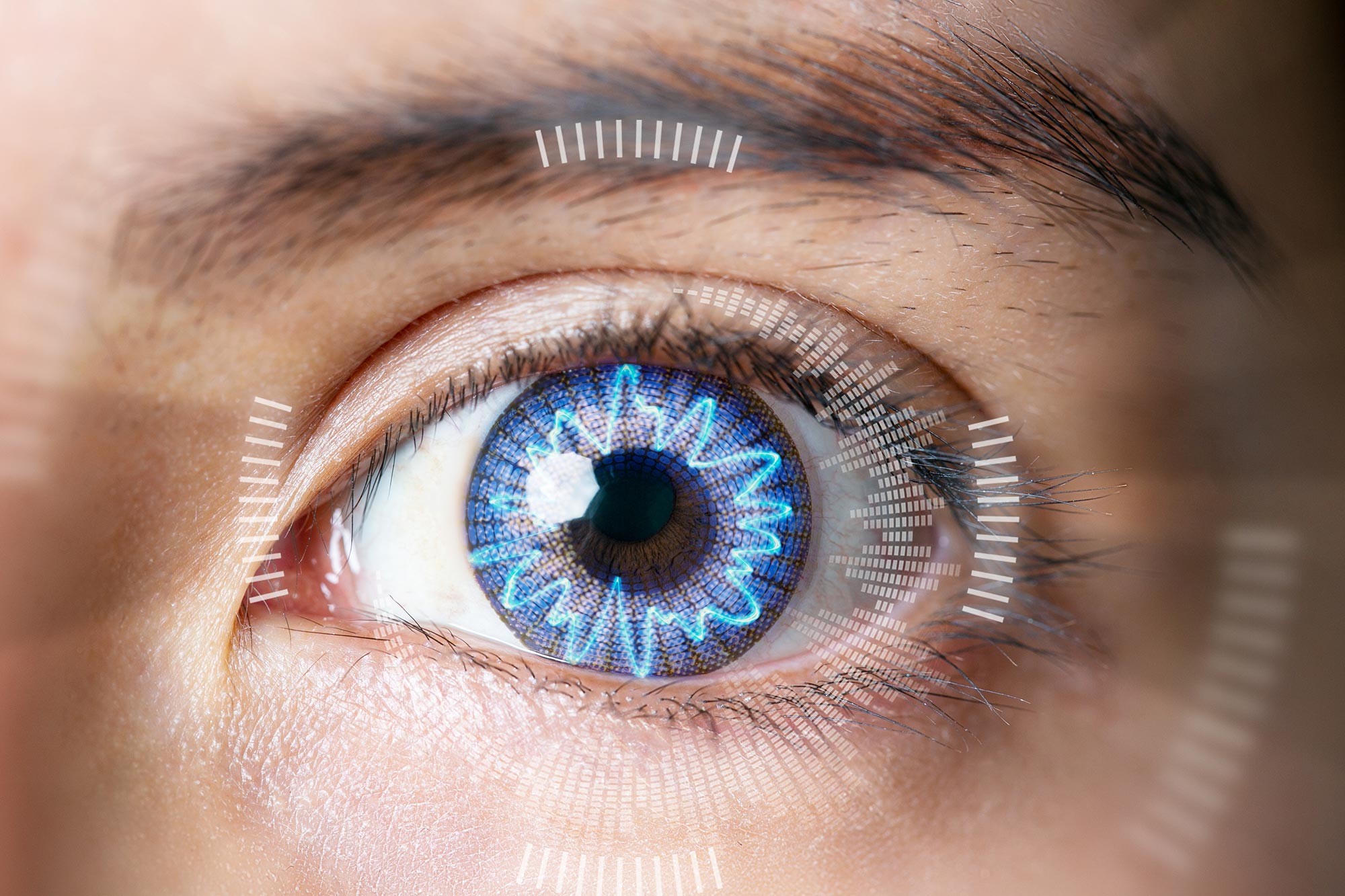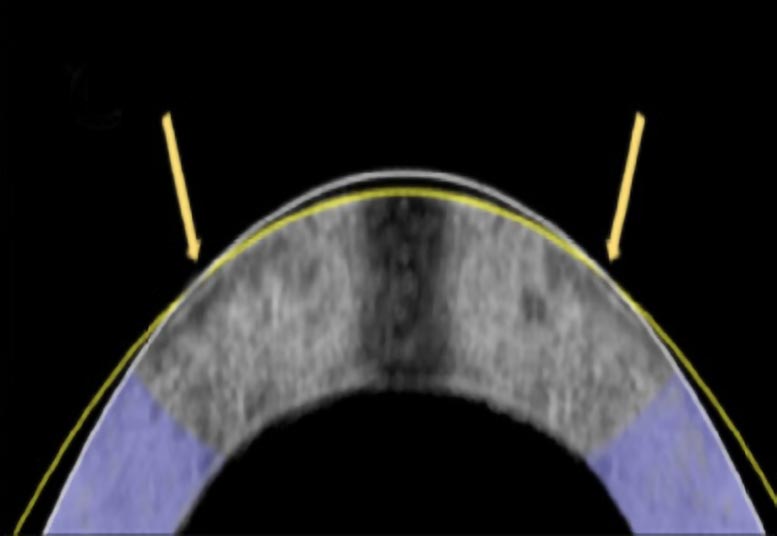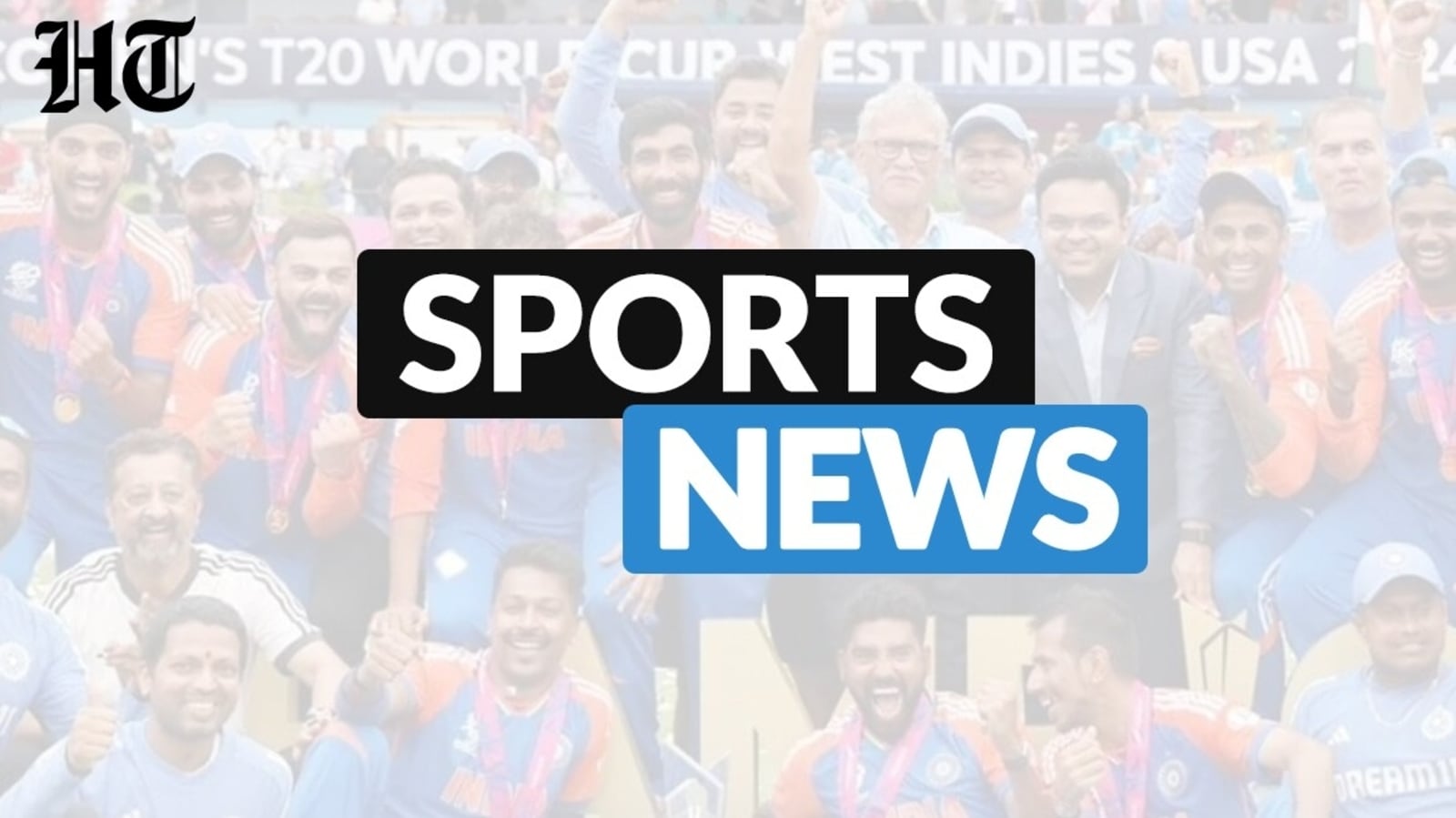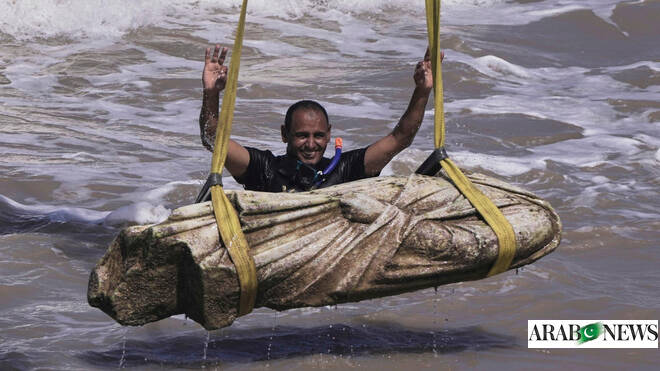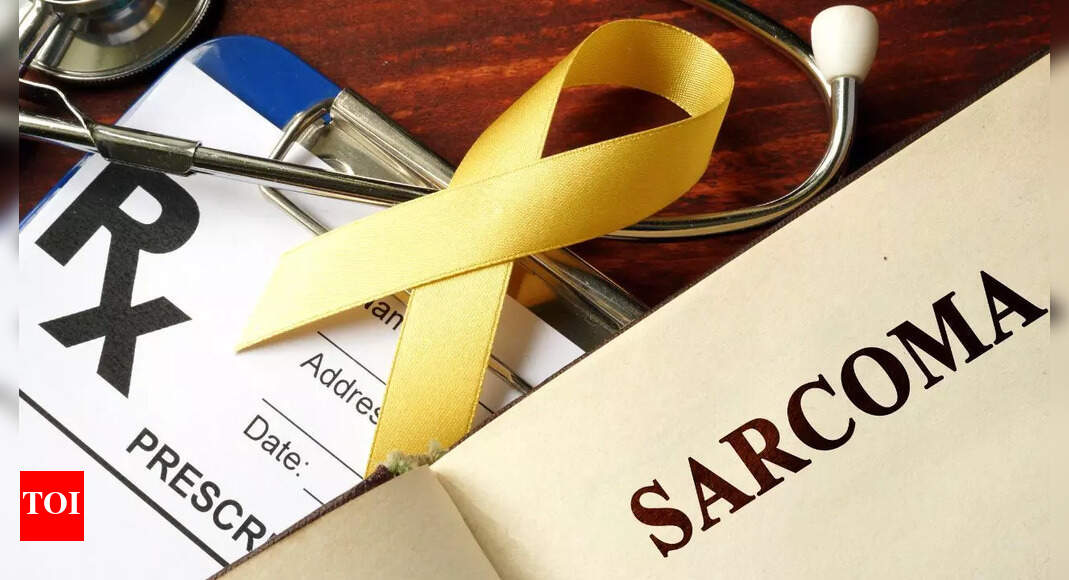Wheelchair basketball is one of the fastest-growing Para sports in the world. Over 100,000 athletes compete in national and international competitions and at the Paralympic Games and Commonwealth Games. In Africa, there are 26 national wheelchair basketball federations.
But the level of support and resources available for athletes with disability (Para athletes) varies greatly between the global north and south, shaped by gaps in healthcare, infrastructure and policy.
In African countries the sport is often underfunded. In 2022, for example, South Africa’s sports and recreation budget was 15 times lower than France’s.
Many Para sport athletes from the global south must pay for their own travel expenses and equipment. This limits their access to quality training and support, affecting their performance.
Read more:
The odds are stacked against athletes from poor countries in paralympic sport
But little is known about what it’s like for Para athletes to move between countries, especially from the global south to the global north.
My case study (on page 83 of the PDF) followed Sphelele Dlamini, a 29-year-old South African wheelchair basketball player who grew up in an underdeveloped area in KwaZulu-Natal province. He was born with a condition that led to the amputation of both legs below the knee.
After beginning his sporting journey in South Africa, Dlamini moved to France in 2022 to play professionally.
His experience reveals what Para athletes can expect as well as what they gain and what they leave behind when crossing borders in search of better opportunities. Dlamini’s journey highlights how cross-border moves may offer access to resources and more recognition, but also involve cultural challenges, adaptations and identity shifts.
His story can inform the support needed from organisations helping Para athletes to navigate these transitions so that they can compete at their full potential.
What must happen for athletes to shine
Dlamini’s story highlights four key factors that must be addressed to make a difference in the lives of South Africa’s Para athletes.
1. Public services
Firstly, the South African government and schools need to address the shortage of public services for people with disability. This includes creating accessible infrastructure, disability-inclusive healthcare and social support services.
Overcrowding and limited public services have been part of Dlamini’s daily life. For people with disability, townships can be especially challenging environments.
These are residential areas that were designated for Black South Africans under apartheid, South Africa’s former system of white minority rule. Townships were deliberately underdeveloped and under-resourced and they remain structurally disadvantaged today.
As Dlamini told me in an interview for my case study:
With the things that are happening in the township, it’s wild, it’s always busy.
He shared a home with 11 family members and described his upbringing as “an ever-changing environment that never settled down”.
2. Funding and promotion
Secondly, Para sport requires more financial support and promotion to build a more inclusive society – funding and competitive opportunities.
Dlamini had all but stopped playing competitively:
I spent about two years without playing. Then suddenly, I got a chance to go to France.
In France he found himself in what he called “a different type of chaos”. Training schedules were intense, and “there was hardly any free time”. Although the move was a breakthrough, the years of limited game time had caused some self-doubt for him.
This highlights the need for investment in Para sport in countries like South Africa, so that athletes can develop locally and have greater chances of international success.
3. Athlete and coach education
Thirdly, athlete and coach education is critical. Dlamini’s move to France was self-driven with no formal pathways or international exposure. He reached out to coaches directly:
I sent them emails and sometimes I would write to them on Facebook.
In much of the global south, Para sport relies on volunteer coaches with limited access to networks. Despite having no video footage, a French coach gave Dlamini a chance. In the global north, building a portfolio through documented game performance is standard, but this kind of athlete education is rarely emphasised in South Africa.
Courtesy Sphelele Dlamini
Countries like France also have established local clubs, with leagues that create pathways for regional, national and international competitions – and opportunities for professional contracts. Athletes receive a salary and games are streamed with backing from sponsors.
4. NGO support
Securing a spot on a French team didn’t mean Dlamini’s challenges were over. While his new club offered a salary, they couldn’t cover the cost of travel to France. It was Jumping Kids, a South African non-governmental organisation (NGO), that stepped in and paid for his air ticket, visa, flights and insurance.
Read more:
Why aren’t the Olympics and Paralympics combined into one Games? The reasoning goes beyond logistics
Dlamini first connected with Jumping Kids in 2014, when the organisation visited his school. He was selected to receive prosthetic legs and has remained in contact with them ever since. Today, he is one of the NGO’s ambassadors, alongside Paralympic athletes like Ntando Mahlangu and Arnu Fourie.
NGOs like this are a lifeline that need to be funded and supported, particularly in countries like South Africa where there are gaps in formal support.
Why Para sport matters
For many Para athletes, support starts at the school level. South Africa has 465 special needs schools catering to a range of disabilities. These schools often provide the first exposure to sport, as they did for Dlamini:
That’s where I saw people who were similar to my situation.
Research shows that sport gives individuals with disability a sense of belonging. This sense of inclusion, however, is difficult to achieve when environments are inaccessible.
In France, Dlamini felt that his skills were recognised and everyday life felt more navigable:
I really enjoy having the access [to public transport] and being able to move around and do things easily, without having to bother any other person.
Compared to South Africa, where players often share wheelchairs and go months without formal competition, France offered both structure and dignity.
However, in hindsight, Dlamini says he can look back at the setbacks and challenges he faced in South Africa, and view them from a different perspective:
I can never really judge it because, I may never know, maybe I was getting prepared for that journey.
Sphelele Dlamini’s story is one of resilience. Despite the odds, he created his path to play professionally. His journey highlights the determination required of athletes from the global south, and the systemic barriers they face that hinder development and progress in sport.
While NGOs continue to fill critical gaps, long-term progress in Para sport requires structural investment.
Faatima Adam, a biokineticist and PhD candidate, contributed to this article.
